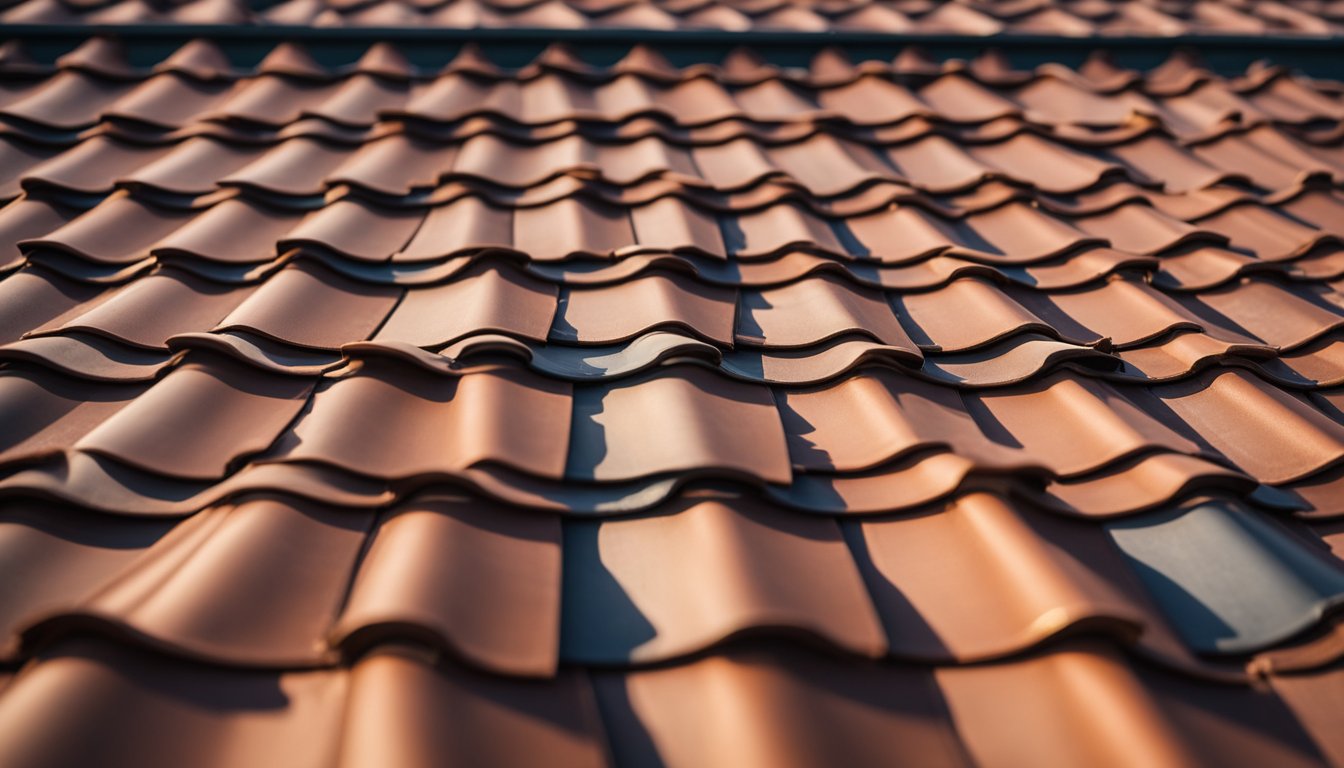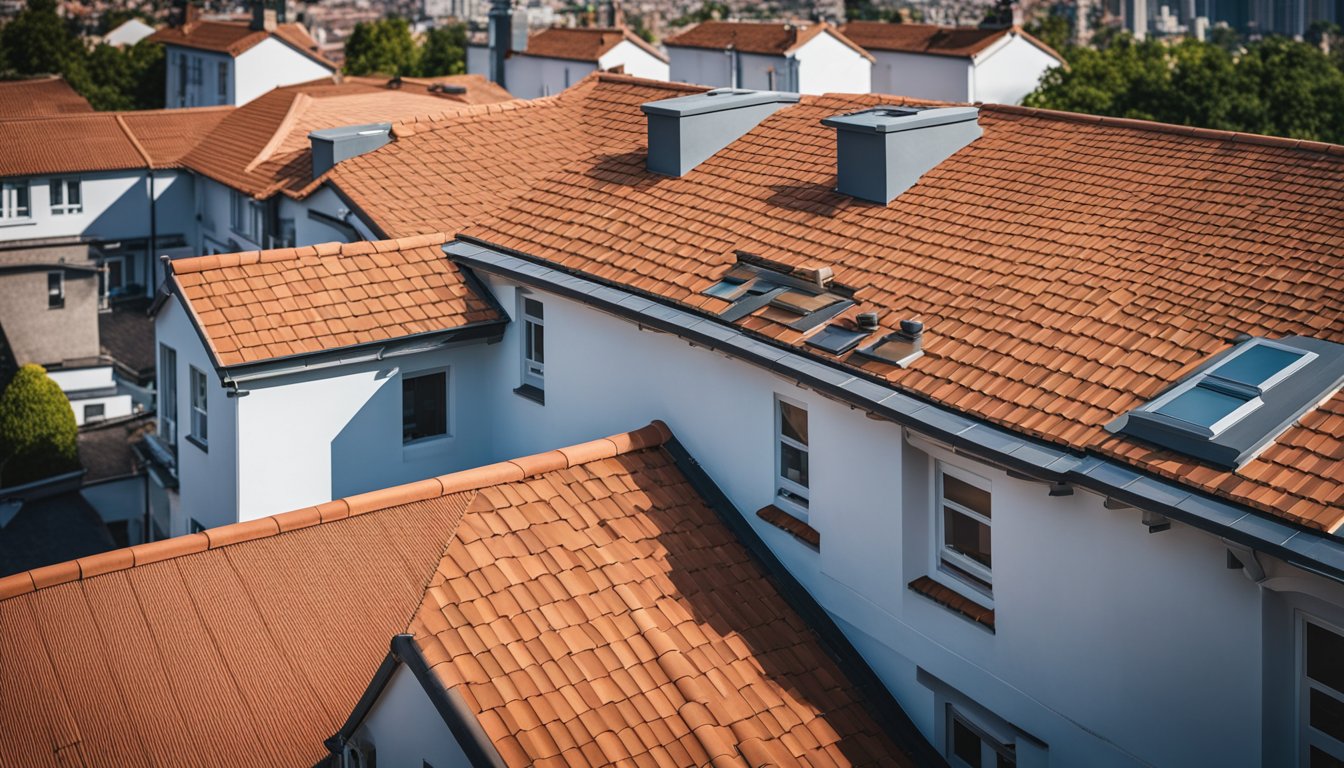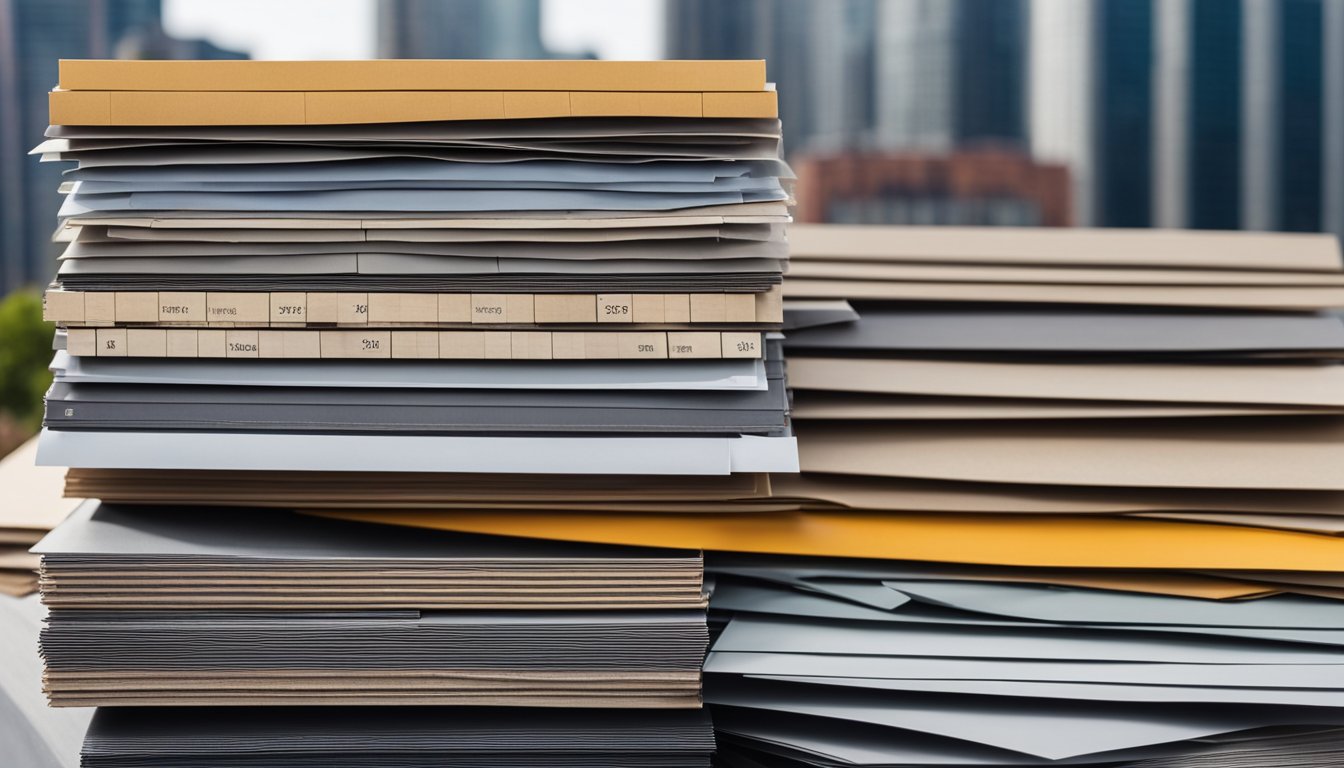Late updated: 05 Feb 2025 15:02
Written by: Oliver Bennett
Choosing The Best UK Roofing Materials For Longevity: A Guide to Durability and Value
When it comes to selecting roofing materials for UK homes, longevity and durability are paramount. Homeowners face the challenging task of choosing from a myriad of options that not only withstand the unpredictable British weather but also align with aesthetic and budget requirements. Navigating this landscape of choices can feel daunting, but when prioritising longevity, materials like slate and metal stand out for their exceptional durability.

The key to a roof that lasts lies in choosing materials that are designed to resist harsh elements while offering energy efficiency benefits. A well-chosen roof can enhance the comfort and value of a home for decades. Different materials offer varying lifespans and performance characteristics. For example, slate is renowned for its unmatched longevity, often exceeding a hundred years, whereas metal offers a robust and modern alternative with excellent resilience.
It's essential that we consider not just the longevity but also the broader impact of our roofing choices. The cost and environmental implications of different materials should guide our decision-making. Selecting the right roofing material requires us to balance these factors carefully, ensuring that we make an informed choice that protects both our homes and investment.
Key Takeaways
- Durability is crucial for a long-lasting roof.
- Slate and metal excel in longevity in UK climates.
- Consider cost and environmental factors when choosing.
Analysing Roofing Material Options for UK Homes
Choosing the right roofing material for UK homes requires consideration of both traditional and modern options. Critical factors include lifespan, weather resistance, and how well the roof complements the architectural style.
Comparing Traditional and Modern Roofing Materials
When we compare traditional and modern roofing materials, various options stand out. Slate roofing and clay tiles are enduring choices, renowned for their classic look and historical importance. Slate, a natural stone, offers elegance and resilience, while clay tiles boast a rustic charm and can last up to a century. In contrast, metal roofing and asphalt shingles represent modern alternatives. Metal roofs provide a sleek, contemporary appearance and energy efficiency. Asphalt shingles are versatile and affordable, suitable for various designs.
Assessing the Lifespan and Durability of Different Materials
The longevity of roofing materials is crucial for homeowners. Slate roofs are exceptional in durability, often exceeding 100 years if maintained correctly. Clay tiles also promise longevity, resisting fire and insect damage. Metal roofing can last 40 to 70 years, withstanding harsh weather conditions and corrosion. Concrete tiles offer a lifespan comparable to clay but with fewer maintenance issues. Asphalt shingles, while less durable, are still cost-effective for those seeking a shorter-term solution, typically lasting 15 to 30 years.
The Importance of Weather Resistance in Material Selection
The UK’s varied climate demands roofing materials with robust weather resistance. Slate and metal roofs showcase excellent protection against rain, snow, and wind. Clay and concrete tiles are highly resistant to rain and heat, but they require maintenance to prevent moss growth. Metal roofs reflect sunlight, mitigating heat absorption and reducing energy costs. Asphalt shingles are susceptible to wind damage and may need replacing more frequently in storm-prone areas.
Evaluating Aesthetics and Architectural Compatibility
Aesthetic appeal and compatibility with architectural style significantly influence roofing decisions. Slate offers a sophisticated, timeless look, suitable for heritage or high-end homes. Clay tiles integrate well with traditional and Mediterranean designs, emphasising warm tones. Meanwhile, metal roofing fits contemporary homes, adding a stylish, minimalist element. Asphalt shingles are versatile, adapting to diverse architectural designs without overwhelming the visual harmony.
Selecting the right roofing material is a balance of practicality and aesthetics, ensuring our homes remain protected and visually appealing for years to come.
Considerations for Cost and Environmental Impact

When selecting roofing materials, considering cost and environmental impact is essential. We need to evaluate initial costs against long-term benefits, energy efficiency features, and maintenance needs. Additionally, eco-friendly materials play a significant role in sustainable roofing choices.
Balancing Initial Cost Against Long-Term Benefits
Initial cost often guides our choices, but we must also consider the long-term benefits. While some materials like slate or tiles may appear costly initially, their lifespan can justify the investment over time.
In contrast, more affordable options like asphalt shingles might necessitate frequent repairs or replacements. Cost-effectiveness is achieved by weighing upfront expenses against potential savings in durability and minimal repair needs, ultimately providing a long-lasting roof.
Examining the Energy Efficiency and Insulation Properties
Energy efficiency is crucial for reducing long-term household expenses. We should consider materials with excellent insulation properties, such as green roofs or reflective metal options. These choices help maintain indoor temperatures and significantly lower energy bills.
In the UK, this is particularly critical due to varied weather conditions. Effective roofing materials contribute to a comfortable and energy-efficient home environment, showcasing the practical benefits of selecting roofing materials wisely.
Understanding the Maintenance and Repair Requirements
Maintenance and repair requirements should not be overlooked when choosing roofing materials. Some options, like clay tiles or metal roofs, demand routine inspections to prevent damage.
Others, such as asphalt shingles, might need more frequent attention due to weather exposure. By understanding these needs upfront, we can anticipate future costs and effort associated with maintaining a durable and reliable roof throughout its lifespan.
Choosing Eco-Friendly and Sustainable Roofing
Sustainability plays a pivotal role in modern roofing choices. Materials like recycled metal or sustainable wood not only reduce our environmental footprint but also offer extended durability.
Incorporating a green roof can further enhance sustainability by improving air quality and managing stormwater runoff. Opting for these eco-friendly materials ensures that our roofing choice aligns with environmental conservation, making our homes part of a broader effort towards sustainability.
Frequently Asked Questions

When selecting roofing materials in the UK, longevity is a critical consideration. Understanding the durability and lifespan of different options is essential to making an informed choice.
Which roofing materials offer the greatest durability in the UK climate?
Slate and clay tiles are among the most durable options for UK homes, lasting over a century when maintained properly. Their resistance to weather extremes makes them ideal.
What are the most enduring materials for flat roofs in British homes?
GRP fibreglass is a popular choice for flat roofs due to its water resistance and durability. It can withstand the unpredictable British weather effectively.
In terms of longevity, which roofing coverings stand out for UK properties?
For properties aiming for long-term solutions, metal and slate are exceptional. They offer extensive lifespans and withstand harsh conditions without significant degradation.
What materials are recommended for roofs with extensive spans to ensure longevity?
Metal roofing is highly recommended for large spans due to its strength and lightweight properties, providing lasting coverage without structural strain.
How do different roofing materials compare in terms of their lifespan in the UK?
Asphalt shingles last around 15-30 years. Concrete tiles and metal roofs generally exceed 50 years. Slate and clay tiles surpass 100 years, offering superior longevity.
Which factors should be considered when selecting a long-lasting roofing material in the UK?
Key factors include weather resistance, maintenance requirements, cost, and compatibility with the property’s structure. Each material has unique attributes fitting various needs.
